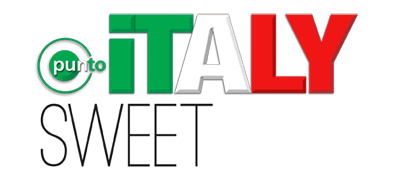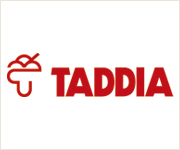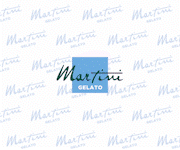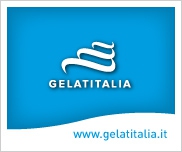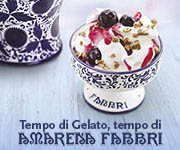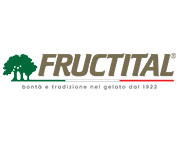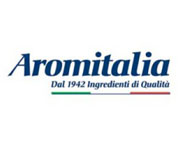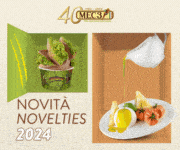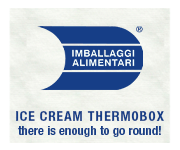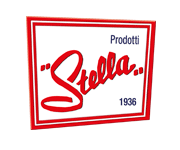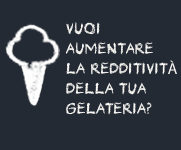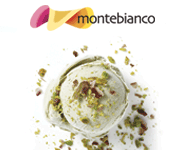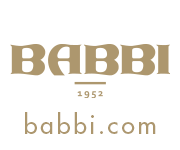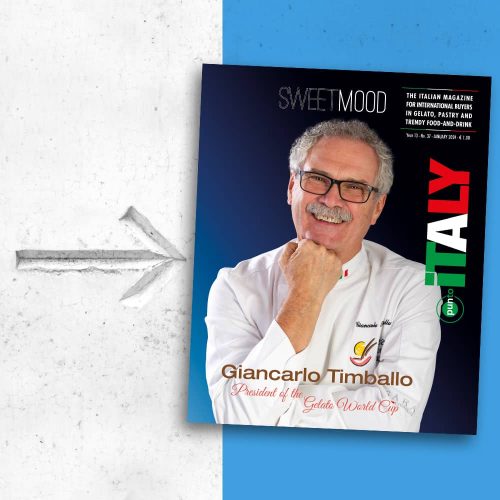Healthy and balanced
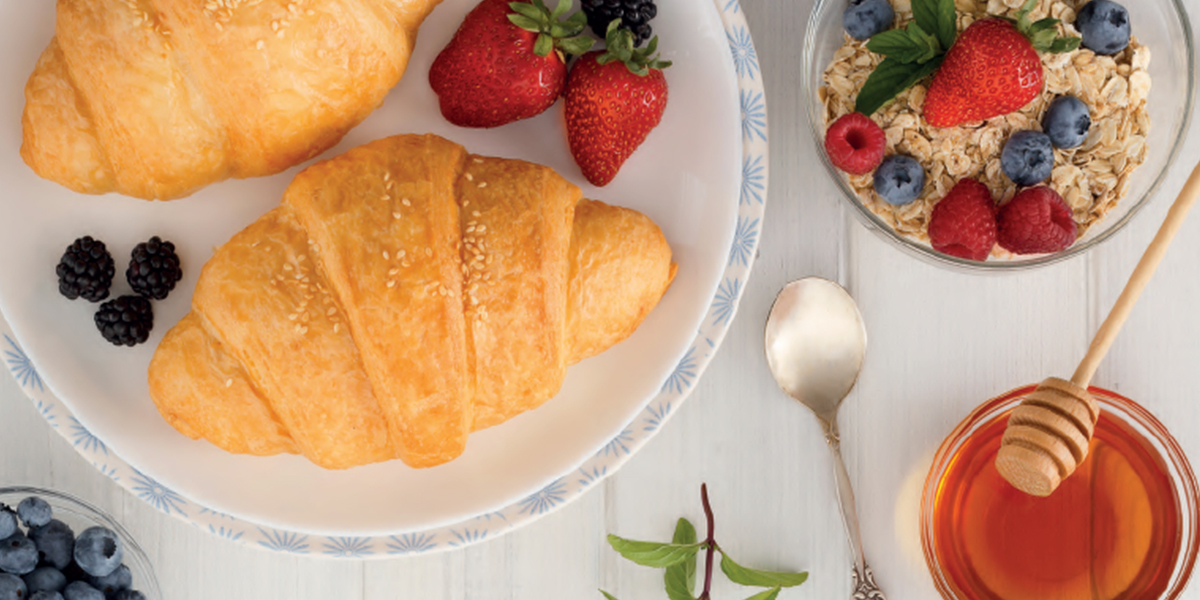
Many supporters of the British-style breakfast have to think again; the Italian-style breakfast based on sweets, in addition to being tasty, is also good for you. It offers a calorie load between 290-315 calories, which is around 100-150 calories less than a savoury option. If a “Made in Italy” break-fast reveals to be a great choice as the right mix of carbohydrates, sugars, proteins, vitamins and a small quantity of fats, then the savoury breakfast, on the contrary, is more unbalanced and contains an excessive amount of fats.
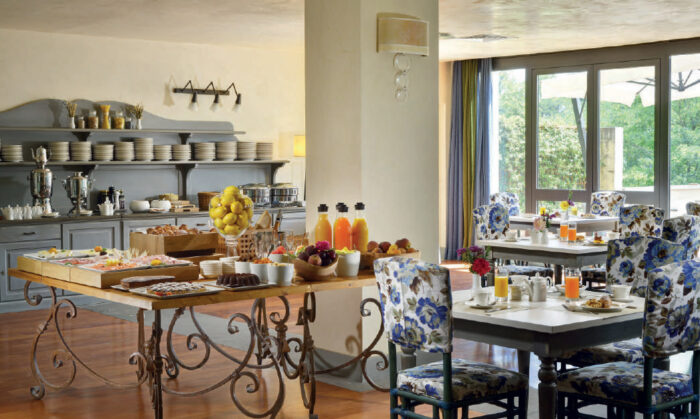
Breakfast, yes or no?
Is having breakfast good for you? This question has lately raised a few issues. Clarification has come from the website www.iocominciobene.it, an online space for the Italian Food Union’s campaign which promotes the value of breakfast in Italy. The nutritionist Michelangelo Giampietro, specialist in Sports Medicine and Nutritional Sci-ence, reminds us why break-fast is an important moment from a nutrition point of view. This is especially so when it is a complete meal, meaning that it isn’t just liquids but also solid foods. Its importance is determined by its capacity to recover from the consumption during the night, and there-fore avoiding typical disorders caused by dehydration and hypoglycaemia, such as fatigue, headaches, and irritability, helping support the physical and mental rhythms of the day. Breakfast is considered a complete meal when it has car-bohydrates, proteins and fats. In order to clar-ify when we can consider the first meal of the morning perfect, the website has elaborated ten rules. Eat it slowly: if you chew for a long time, not only will the enzymes that help with digestion start breaking down the food, but also signals of feeling full will be sent to your brain; don’t skip breakfast in order to avoid having any form of malaise during the day; remember that it is a moment to share; eat at least one fruit; during the summer, eat foods that are rich in water and are cool, such as a gelato or a grani-ta; exercise only after having eaten; don’t stop cooking; never neglect the mid-morning snack; don’t let your kids skip breakfast and remem-ber that the menu needs to be varied and ap-petizing. And yet, there is no shortage of those who argue that breakfast isn’t healthy and that the fact that it is the most important meal of the day it is only a legend. In particular, North-ern European dieticians believe that it loads the body with too much sugar and calories.
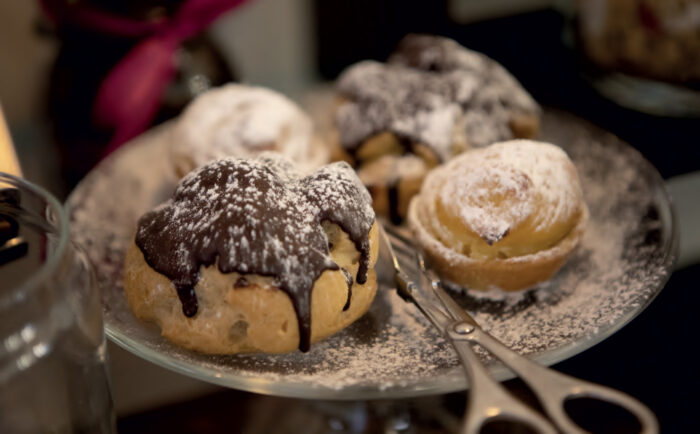
A recent phenomenon
More than sixty years ago, the Italian breakfast did not exist. If you exclude soldiers, who were given milk, coffee, rice cakes and chocolate, for the Italian farmers of the fifties, there was only one meal halfway through the morning, which consisted of milk and leftovers from the night before: bread, polenta, a slice of salami or cheese, and piece of herring. Before we have the Italian-style breakfast that we know today, we need to wait until the sixties and, in particular, the seventies, when cookies that were previously considered a luxury item were finally available to everyone. The revolution started with the arrival of the first packages of short-bread cookies on the super-market shelves. As Barilla’s historical archives recount, up until the beginning of the sev-enties, a sweet breakfast was considered a children’s meal; only one in three adults ate something solid before going to work.
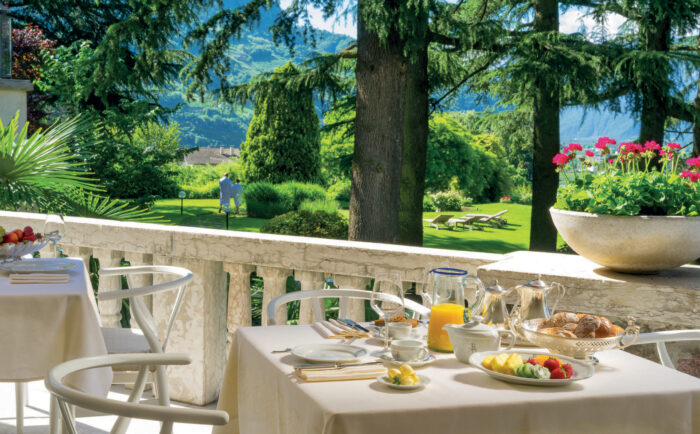
Regional realties
Defining what is an Italian-style breakfast is not simple. There are thousands of “ancient” tra-ditional offers, with different versions that vary from region to region. For example, in the Piedmont region, the winning breakfast is with zabaglione and “krumiri” cookies; in Alto Adige, an apple strudel; in Li-guria, the Genova-style focac-cia with a cup of tea; in Lazio, the “maritozzo” pastry with whipped cream; in Sardin-ia, crepes filled with pecorino cheese and honey; in Campa- nia, the “sfogliatelle,” or lob-ster tail pastries filled with pastry cream. The first meal of the day offers so many different flavours, based on the specific location, making it impossible to draw a complete picture of the habits of Italians in the morning. Nonetheless, Italian-style break-fast is known around the world, especially when referring to the version served at the café, at the pastry shop or in hotels.

The Italian model
Today, Italian breakfast consists of milk, coffee, rusks, jams, yogurt and freshly squeezed orange juice. Compared to a few years ago, there is a new trend which calls for a return to tradition: substi-tuting rusks with fresh bread or day-old bread. The return to the past foresees us returning to what our grandparents used to eat. To make the bread more appetizing, they spread butter or a bit of jam on top, a choice that reveals to be not only delicious, but also healthy. By knowing food pairings, you can fill up on substances that the body requires according to your specific needs. For a breakfast rich in fibre and vitamin C, you can enjoy a couple of slices of whole wheat or multi-grain bread, with a light spread of butter, preferably from mountainous areas so it has a herby aroma, topped with a thin layer of citrus jam. There is no problem having choices when it comes to bread in Italy. Tradition varies: from the rustic bread, to the sandwich loaf, to brioche bread. And the choice doesn’t stop with the type of bread: it can be offered toasted or fresh, white or with ancient grains, whole or with alternative flours. Many Italians always have an Italian-style croissant or a slice of cake. The cake that is most eaten for breakfast in Italy is the “ciambella,” a pound cake baked in a Bundt pan. Each region bakes its own version. It was also called the “sweet for the crowds” in the past, because it was always on the table of peasants during big celebra-tions. Its simplicity makes it today perfect for breakfast; flour, eggs, sugar, milk, olive oil, yeast and a “tear drop” of liqueur are the ingredients of the original dough that has many variants based on the location. Instead of a croissant or a piece of cake, you can also serve many cookies that each Italian region offers.
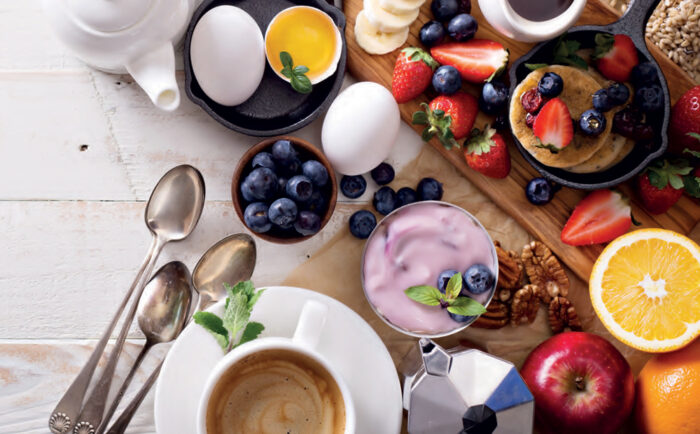
Typical at the café
In Italy, breakfast represents an important moment, so much so that cafés, pastry shops and hotels dedicate close attention to its preparation. Cafés offer mainly croissants and espres-so coffee, a drink that has its origins in Turin during the late nineteenth century, or cappuc-cino, an espresso-based drink with steamed milk foam that has a fine texture and no bub-bles. Cappuccinos are served today in highly creative ways. The most skilled baristas de-sign flowers, faces, and hearts using the techniques of “Latte Art.” It is difficult to see espres-sos or cappuccinos without a croissant, that can come in a thou-sand different ways: filled with pastry cream, hazelnut cream, jam, chocolate. It can also come in the form of an apple tart, a doughnut, a fritter and many other regional offerings, including the Milan-style, Venice-style and Sicilian-style. The latter has a “tuppo,” which in Sicilian dialect means bun. The Venice-style sweets, originally treats for the Christmas season and for wed-dings, are leavened and covered with pearl sugar, sometimes with the addition of cooked pastry cream; the Sicilian brioches are a mix of flour, yeast, sugar, eggs, butter, whole milk, marsala wine and honey, to be eaten together with a granita.
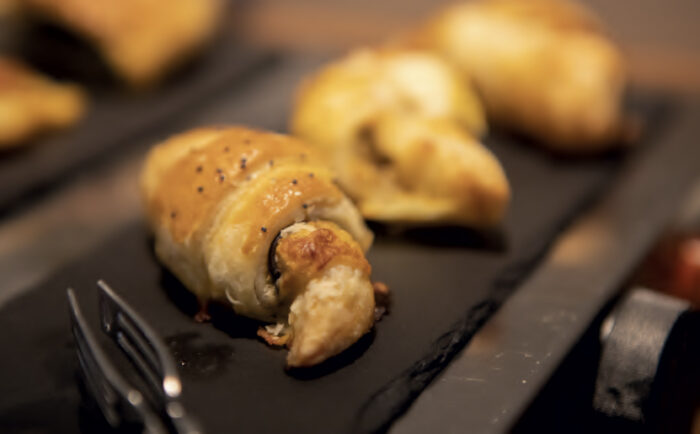
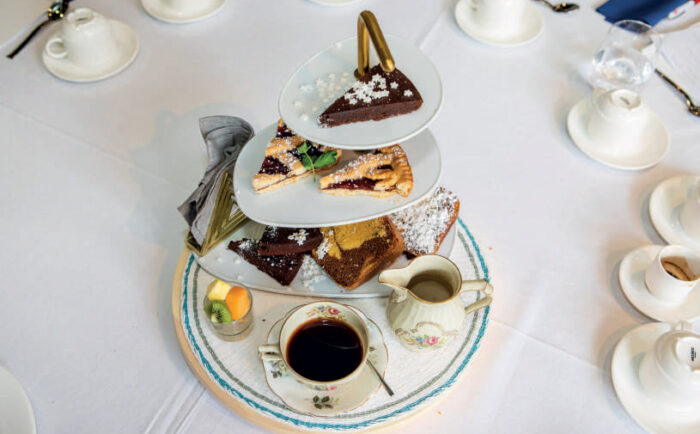
A selection of cookies
For those who prefer cookies, they have a rich selection from which to choose. Each region has its offer. Cookies, which originate from the crackers that Roman soldiers used to sweeten with honey, were made more appetizing by the ancient Romans. Soon they were prepared by adding to the flour dough ingredients such as nuts, jams, honey and milk. They were often flavoured with pepper and spices, so they could offer more sweetness and flavour. They were further refined during the Middle Ages by monks, who were particularly important figures who contributed to the birth of the art of Italian pastries. The most typical Italian cookie is the short-bread cookie. There are many well-known varieties around the world, such as the krumiri from the Piedmont region, or the “Mo-staccioli” cookies from Umbria, Campania, Calabria, and Molise regions, made with bread dough, honey, almonds and grape must; there are also the Tuscan “cantuccini” and the wine “Ciambelline,” made with flour, sugar, extra virgin olive oil and wine, sometimes flavours with anise or fennel seeds.
During Covid times
The emergency times imposed by Covid-19 has revolutionized many lifestyles. Re-search by Doxa/Unionfood Observatory reveals that nine out of ten Italians (96%) continue to eat breakfast regularly. And not only that. According to the results of the study, carried out in May 2020 on a sample of one thousand people that were representative of the Italian population, during the lockdown period, many peo-ple changed their approach to breakfast, rediscovering the beauty of slowing down and sharing. One in three Italians redis-covered the value of having breakfast with the family or a partner, and 28% ded-icated more time to the first meal of the day, with a 35% increase in the 18-34 age group. 14% favoured a lighter breakfast (for example, with smaller portions or preferring a breakfast with whole grains), whereas 10% brought a complete, rich meal to the table, which tended to be sweet. This new approach mainly involved the population up to 34 years of age.
The perfect chocolate cake
According to the National Library of Medicine National Institutes of Health, a dark chocolate cake for breakfast is good for you. One slice contains the correct amounts of proteins and carbohydrates, perfect for starting the day. Furthermore, it also has the advantage of slowing down the desire to snack before lunch.
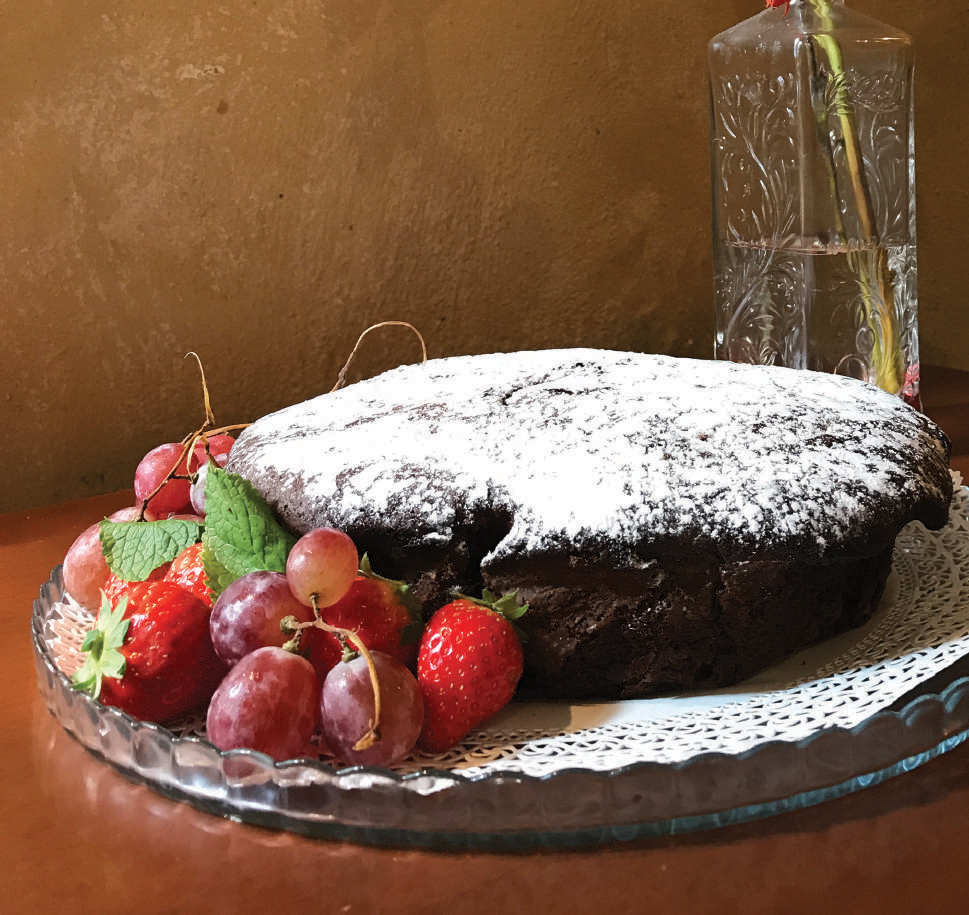
Recent Blog Posts
 Medac and AIFA: Hip hip hooray for Charles!
Medac and AIFA: Hip hip hooray for Charles! Sigep 2024 - Carpigiani’s special events with a look at the “green” future of Gelato and pastry
Sigep 2024 - Carpigiani’s special events with a look at the “green” future of Gelato and pastry Maurizio Manzi, as Ambassador for AIG, at the Melbourne Italian Festa
Maurizio Manzi, as Ambassador for AIG, at the Melbourne Italian Festa Medac awarded with the EcoVadis gold medal
Medac awarded with the EcoVadis gold medal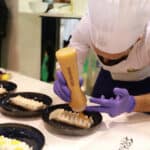 MIG Longarone and SIRHA Budapest: a new dynamic space for italian gelato
MIG Longarone and SIRHA Budapest: a new dynamic space for italian gelato Medac supports Alice Italian Food Academy
Medac supports Alice Italian Food Academy The Gelatissimo 2024 online ticket office is officially open.
The Gelatissimo 2024 online ticket office is officially open. Casa Optima Group looks for two exclusive agents
Casa Optima Group looks for two exclusive agents Gelatissimo 2024: here the first information
Gelatissimo 2024: here the first information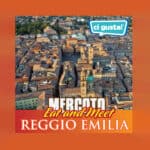 Ci Gusta opens a new store into the “Il Mercato Eat&Meet” in Reggio Emilia
Ci Gusta opens a new store into the “Il Mercato Eat&Meet” in Reggio Emilia
